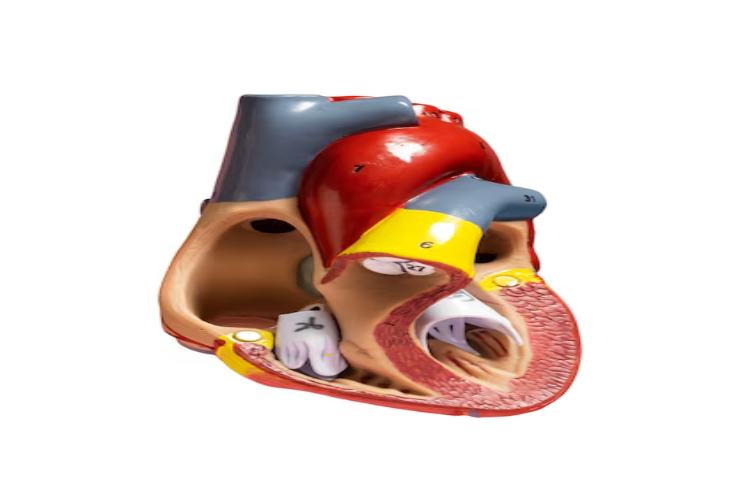
Balloon Mitral Valvotomy (BMV), also known as Balloon Mitral Valvuloplasty, is a minimally invasive procedure used to treat mitral valve stenosis, a condition where the mitral valve in the heart becomes narrowed, restricting blood flow from the left atrium to the left ventricle. This narrowing can cause symptoms like shortness of breath, fatigue, chest pain, and even heart failure if left untreated.
The mitral valve plays a crucial role in controlling the flow of blood between the heart’s chambers. In mitral valve stenosis, the valve becomes stiff or thickened, which limits its ability to open fully. This can be caused by conditions such as rheumatic fever or age-related wear and tear. When the valve is narrowed, blood cannot flow efficiently, leading to increased pressure in the lungs and causing uncomfortable symptoms.
Balloon Mitral Valvotomy is a procedure designed to open up the narrowed mitral valve without the need for surgery. It involves the following steps:
Balloon Mitral Valvotomy is typically recommended for patients with moderate to severe mitral valve stenosis who are experiencing symptoms such as: